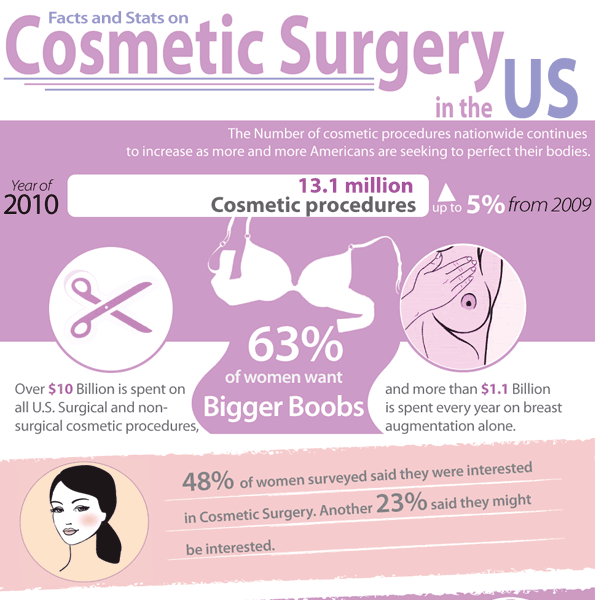Acne marks and dark marks can remain even after the imperfection itself has removed. Yet there are many all-natural, non-prescription and medical therapies that can lower their appearance.
Ice pick scars are tiny imprints that appear like pinpricks; rolling scars have a wave-like look and shallow depth; boxcar marks have clear edges; hypertrophic scars are elevated bumps. Treatments consist of skin needling, where your doctor rolls a needle-studded gadget over the skin; and medical excision, when a healthcare specialist cuts out deep scars.
1. Scrub
Acne scars fade best when they aren't covered with dead skin cells. Peeling removes the accumulation and permits fresh skin cells to come to the surface area. It additionally makes acne scars less recognizable.
A dermatologist can suggest peeling methods for your certain skin kind. Dry skin may take advantage of peeling with scrubs or other mechanical methods, while oily skin might require a chemical peel. Those with darker skin tones need to be cautious making use of stronger chemical treatments, as they can trigger dark places and sensitivity.
If you have acne scars, prevent selecting or squeezing at them, which can make them worse. Inflammation brought on by irritation enhances the possibility of scarring. Selecting can leave ice-pick marks, which are narrow indentations with a factor at the end. You can additionally obtain boxcar scars, which are indentations with broader sides. You can additionally develop hypertrophic or keloid scars. These are increased bumps of scar cells that can be scratchy and painful.
2. Moisturize
After completing your acne therapy, maintaining skin clear and healthy and balanced calls for a consistent skincare routine that safeguards from outbreaks and minimizes post-acne marks. This consists of a mild cleanser and moisturizer, non-comedogenic products that don't clog pores, and preventing foods that irritate skin or trigger acne flare-ups.
Utilizing a light-weight, non-comedogenic cream with active ingredients like hyaluronic acid and glycerin can aid hydrate skin while also improving skin texture and promoting healing. Search for a product that is developed without fragrance or parabens.
An item that targets remaining acne marks with components such as skin-brightening tranexamic acid and bakuchiol can enhance dark areas or irregular tone brought on by swelling. It delicately resurfaces the skin while smoothing harsh and distinctive locations. An item that integrates a retinoid and a plant-based retinol option can likewise enhance the appearance of deeper scars while at the same time targeting existing acnes and avoiding future breakouts.
3. Cover
Once your acne scars heal, you can conceal them with make-up and a concealer. Simply make certain you're just applying the product over scars that are fully healed (not fresh ones), claims Sotomayor. After that, complete your look with a strong lip color or statement great smoky eye shadow for optimal effect.
When it concerns selecting a foundation or tinted cream, it is necessary to select one that is noncomedogenic and oil-free. This will certainly assist keep your skin clear and prevent the clogging skin rocks near me of pores that can bring about brand-new outbreaks.
The exact same opts for selecting a concealer. Seek a formula that uses complete protection but still feels lightweight and blendable on the skin. Likewise, when covering up impressions from acne scars, it's a great idea to locate a color that matches your natural skin tone (as opposed to a shade lighter or darker). This will certainly assist conceal the indents better. This beneficial balm is an outstanding option for lightening up and lightening post-inflammatory hyperpigmentation, which can be triggered by acne or other inflammatory skin problem. It has hydrating panthenol, softening shea butter and enhancing peptides that lower redness and scaly appearance.
4. See Your Skin doctor
The scars that develop from serious acne often require treatment by a medical professional or dermatologist. Before that can occur, however, a patient should have their acne controlled. This consists of not picking or squeezing acne areas, and utilizing mild cleansers and water-based non-comedogenic products that won't block pores.
If drugstore cleansers and area therapies aren't clearing your skin, schedule a visit with a skin doctor. The skin doctor can advise other treatments that help clear your skin without drying it out or annoying it.
A skin specialist can additionally deal with various other sort of post-acne marks, including dark spots that are a type of hyperpigmentation called PIH (post-inflammatory hyperpigmentation). A topical retinoid like adapalene can visibly lighten these marks and fade them swiftly. For various other kinds of marks, the medical professional can recommend an extra extensive therapy. This can consist of microdermabrasion or chemical peels that are done right in the office. Depending on the severity of your scars, these treatments may need to be repeated.
